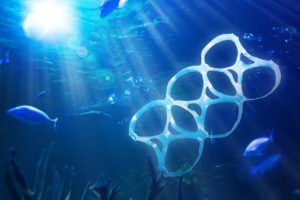A proposal to ban microbeads from cosmetics is a positive step, but the problem pales in comparison to the harm caused by plastics from bags, bottles and food packaging, writes Dr Michelle Dickinson in the NZ Herald.
 An excerpt (read in full):
An excerpt (read in full):
Our proposed law change is a positive step. It is important to note though that many other countries – including the US, Canada and the UK – have already banned microbeads, and manufacturers are already changing their ingredients list in response.
By the time our new law comes into effect, most cosmetics are unlikely to contain microbeads anyway. Rather than be a proactive leader, our Government was a latecomer to this party.
Globally more than 10,000 tonnes of plastic microbeads are used every year. That sounds like a huge number – until you compare it with the 300 million tonnes of other plastics produced each year.
A recent study in the journal Science estimated that eight million tonnes of plastic waste enters our oceans from the land each year.
Much of this comes from single-use bags, bottles and food packaging – these deteriorate over time through sun exposure, mechanical wave action, physical abrasion and shredding or biting by sea creatures.
This weathering and disintegration leads to a slow decrease in the size of the plastic pieces, eventually grinding them down to micro-plastics – particles less than 5mm in size.
These pieces are the same size as microbeads, and the consequences of their presence in the oceans are the same – yet we have no legislation proposed to reduce this environmental hazard.